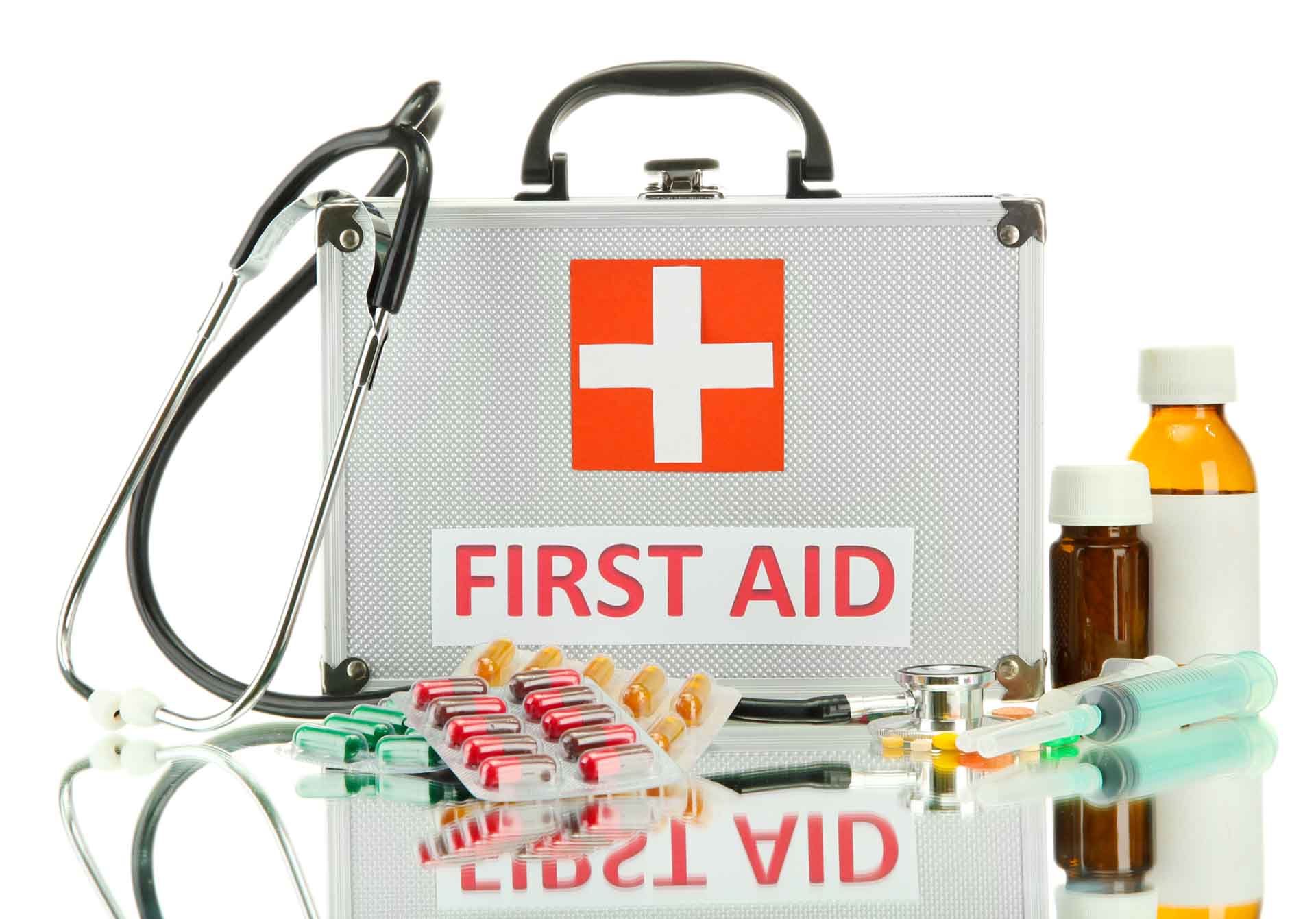The information for this post has been taken from: http://stepsforliving.hemophilia.org/basics-of-bleeding-disorders/identifying-types-of-bleeds
Hemophilia may be diagnosed early after birth, or sometimes it may not be diagnosed until later in life when more obvious signs or symptoms appear. One of the earliest signs of hemophilia is more than normal bleeding following circumcision. Or, it may first be recognized during toddlerhood when a child gets bruises from crawling or learning to walk.
Here are important rules when dealing with any type of bleed:
Prevent bleeding when possible; treat immediately if it occurs. Depending on the severity of the underlying bleeding disorder, bleeding episodes vary in frequency; or they may occur only during surgery or other procedures. When possible, preventing bleeding is the goal. However, when bleeding does occur, it is important to recognize its signs and symptoms as early as possible so appropriate treatment can begin.
Some bleeds are more serious than others. Common bleeds, such as bruises, nosebleeds, and mouth bleeds, generally do not require emergency medical attention. If a person with a bleeding disorder has a bleed and is not on a home-therapy program, be sure to consult immediately with a health care provider or Hemophilia Treatment Center (HTC) to determine whether treatment is needed.
Some types of bleeds are emergency situations. The five major sites of serious bleeding episodes in hemophilia that threaten life, limb, or function are intracranial (head) bleeds, ocular (eye) bleeds, neck or throat bleeds, abdominal bleeds, and kidney or bladder bleeds. All of these bleeds require a call to your health care provider, immediate intervention, a call to 911, or a trip to your local emergency department.
Be sure to visit http://stepsforliving.hemophilia.org/basics-of-bleeding-disorders/identifying-types-of-bleeds for more information.


